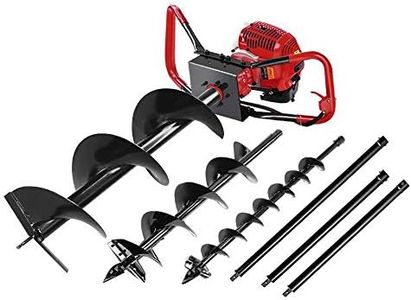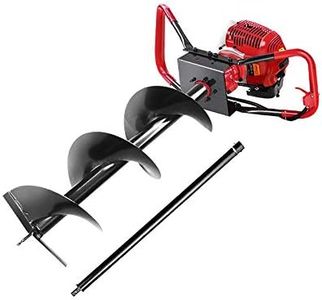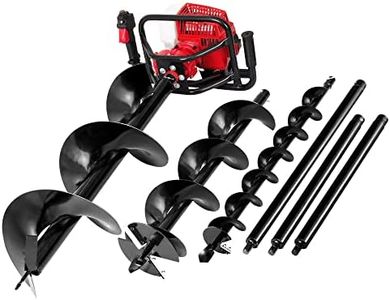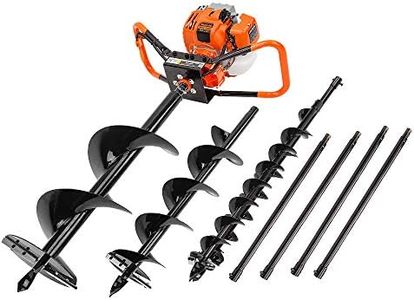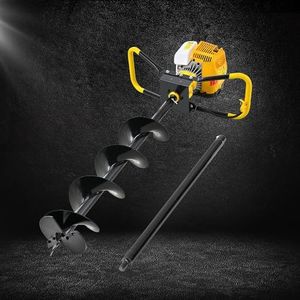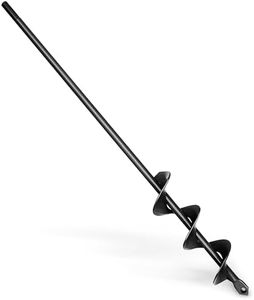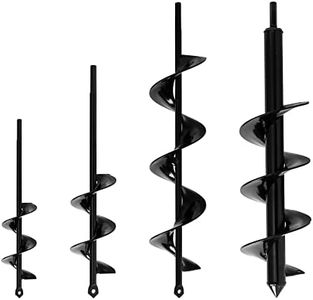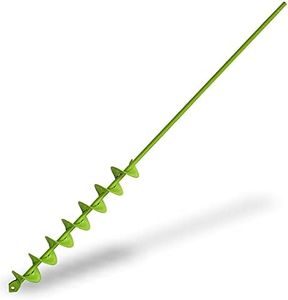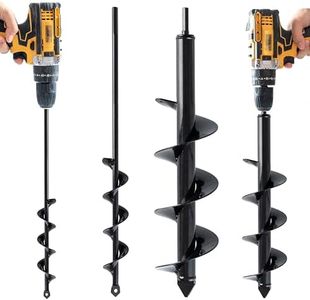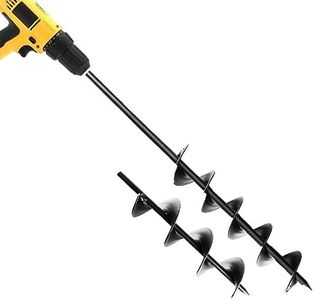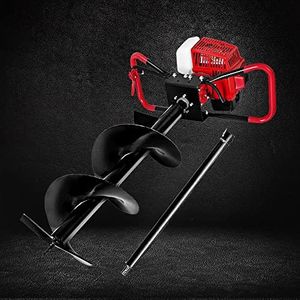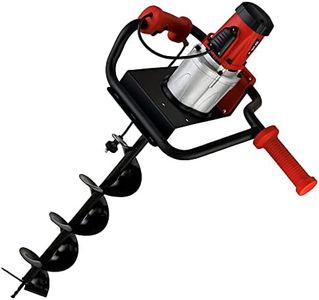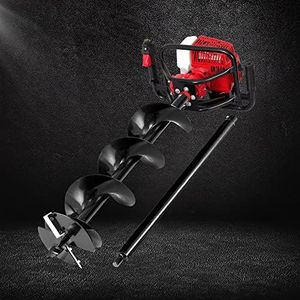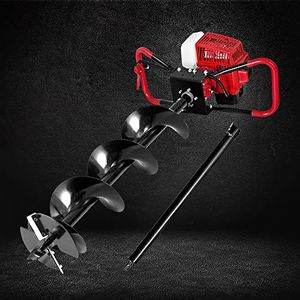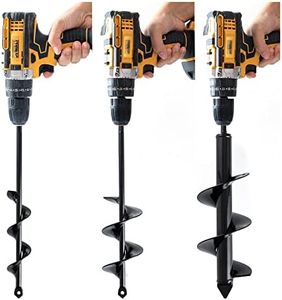We Use CookiesWe use cookies to enhance the security, performance,
functionality and for analytical and promotional activities. By continuing to browse this site you
are agreeing to our privacy policy
10 Best Post Hole Augers
From leading brands and best sellers available on the web.Buying Guide for the Best Post Hole Augers
Choosing the right post-hole auger is all about matching the tool to your projects and the ground conditions you’ll be working with. Whether you are putting up a fence, planting trees, or installing sign posts, the type and size of auger you need will depend on how frequently you plan to use it, the soil type, and the size of the holes you require. Understanding the main features will help you pick an auger that's efficient, safe, and comfortable to use.Power SourceThe power source refers to how the auger is operated—manual, gas-powered, electric, or hydraulic. Manual augers are operated by physically turning the handle and are best for lighter tasks and softer soil where only single or a few holes are needed. Gas-powered augers provide more strength, which is useful for tougher soil and larger projects, but they are heavier and noisier. Electric augers are quieter and easier to start, suitable for small to medium jobs and where access to power is available. Hydraulic augers are the most powerful and are typically used for heavy-duty or professional applications, often attached to tractors or skid steers. Your choice should be guided by how hard your soil is, how many holes you need to dig, and how much physical effort you want to put in.
Auger Bit DiameterThis specifies the width of the hole the auger will create, commonly ranging from 2 inches up to 12 inches or more. Smaller diameters are good for tasks like planting bulbs or small stakes, while medium diameters suit standard fence posts, and larger sizes are needed for bigger posts or tree planting. It’s key to match the diameter to the size of posts or materials you plan to install, ensuring the fit is snug but not too tight.
Auger Bit LengthThe bit length determines how deep you can make your hole in a single pass. Shorter bits are easier to handle and work well for shallow holes, while longer bits are necessary for deep-rooted posts or when digging in loose soil where extra depth might be needed. Consider the depth required for stability of your posts, keeping in mind that longer auger bits may require more power and stability during operation.
Weight and ManeuverabilityThe weight of an auger affects how easy it is to use, especially if you’ll be working alone. Lightweight models are easier to transport and handle, but may lack the power for tough jobs. Heavier augers tend to be more robust but can be tiring to use for long periods or on uneven terrain. Pick a weight class that matches your physical ability and workload: lighter for sporadic and lighter use, heavier for frequent or more demanding tasks.
Handle Design and ComfortThe handle design plays a big role in comfort and control. Wide, ergonomic handles and padded grips help ease strain on your hands and wrists, especially important if you’ll be digging multiple holes. Some handles also absorb vibrations, which decreases fatigue over time. Choose a design that feels comfortable and stable to hold, especially if you expect longer work sessions.
Safety FeaturesSafety features include guards over rotating parts, automatic shutoff switches, and anti-kickback mechanisms. These are particularly important on power augers, which can be challenging to control if they hit roots or rocks. Look for clear, accessible safety controls and features that boost stability and reduce accident risk, especially if you’re not experienced with power tools.
